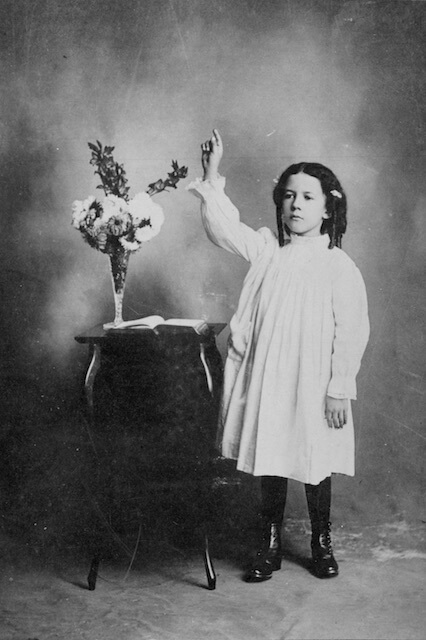Biracial Identity Development in Danzy Senna’s CaucasiaPosted in Books, Chapter, Identity Development/Psychology, Literary/Artistic Criticism, Media Archive, United States on 2019-07-25 00:40Z by Steven |
Biracial Identity Development in Danzy Senna’s Caucasia
A chapter in Body Horror and Shapeshifting: A Multidisciplinary Exploration
Brill
2014-01-04
pages: 145–152
Ebook ISBN: 978-1-84888-306-2
DOI: 10.1163/9781848883062_016
Jin-Yu Lin
Biracial individuals frequently go through a search for identity, a struggle to choose an identity and finally to accept their inherent multiplicity. They identify with more than one racial group, and their sense of self remains constant across racial contexts. In childhood, they often find their appearance different from other children. As they age, biracial individuals grow more aware of their racial heritage, and run the risk of falling into the borderlines of identities. Drawing upon models from Kerwin and Ponterotto and Poston, as well as Root’s theory of the development of identity in biracial individuals, this chapter attempts to demonstrate how the protagonist in Caucasia develops her identity when facing racial differences. This chapter explicates the protagonist’s self-consciousness about her invisibility when experiencing an identity crisis while passing for Jewish. Her search for identity, her realisation, and eventually the embracing of her both- and identity is included. Finally, the chapter concludes with a discussion of how the significance, diversity, and complexity of the experiences of biracial individuals may challenge the social construct of race. Based on a more flexible post-ethnic perspective, race is viewed as being more performative than biological.



